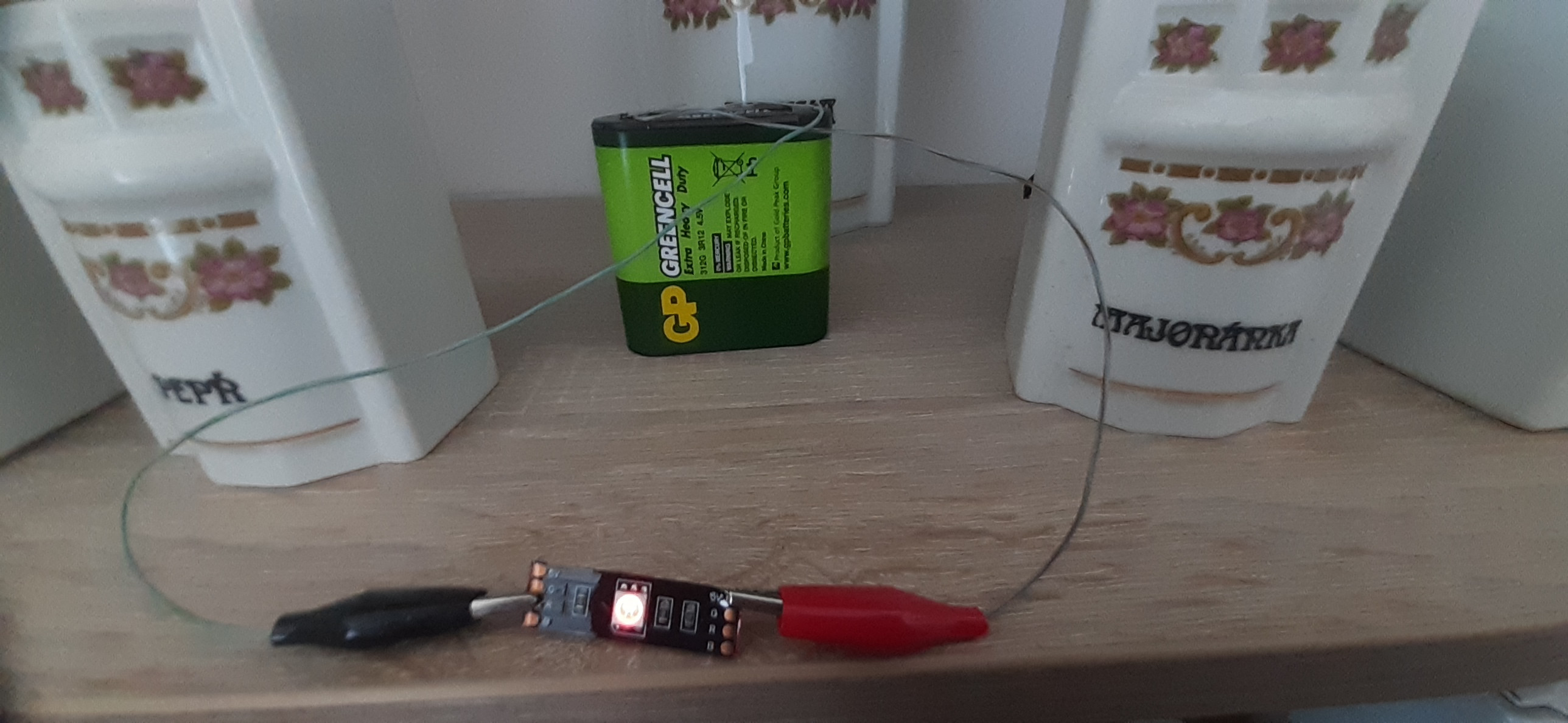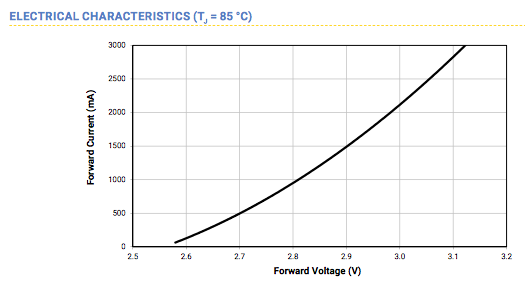Before the end of last year, dad asked me for some small red light for his cabin, to pretend there is an alarm activated. He wanted it battery powered, so it can glow when electricity is turned off. I had this piece of LED strip at my disposal. 5050 smd RGB LED I think.
Not programmable one, but with terminals 5V, G, R and B.
There are 3 resistors labeled as 101, 151 and 101.
The labels are wrong that B and G are switched and one day I accidentally plugged it to too much power and G and B stopped working, only the red one works.
I bought a 4.5V flat battery GP Greencell 312G 3R12 extra heavy duty.
The connection was made by simply wrapping wires around the battery terminals and crocodile clamps onto the LED strip. + on 5V and - onto R.
Now from what I managed to find, that the battery is supposed to have 2500 mAh capacity and that RGB LED consumes 20 mA per color on full brightness, so I was expecting it to glow for about 5 days? 2500 mAh / 20 mA = 125 hours, correct?
So how come it is still glowing when we connected it before Christmas? That's 3 months ago. It is not as bright, but shines plenty enough during night.
Is it because it is connected to 4.5 V so the current consumption is lower? Is it because something went wrong the right way when I burnt the other colors by accident? Or is it the poor connection that would basically make it blink so fast you don't see it, but enough to lower power consumption? When I fiddle with the wires it does dim considerably.
So uh... what is going on? In photo the shine doesn't look like much, but that is the poor phone camera.



